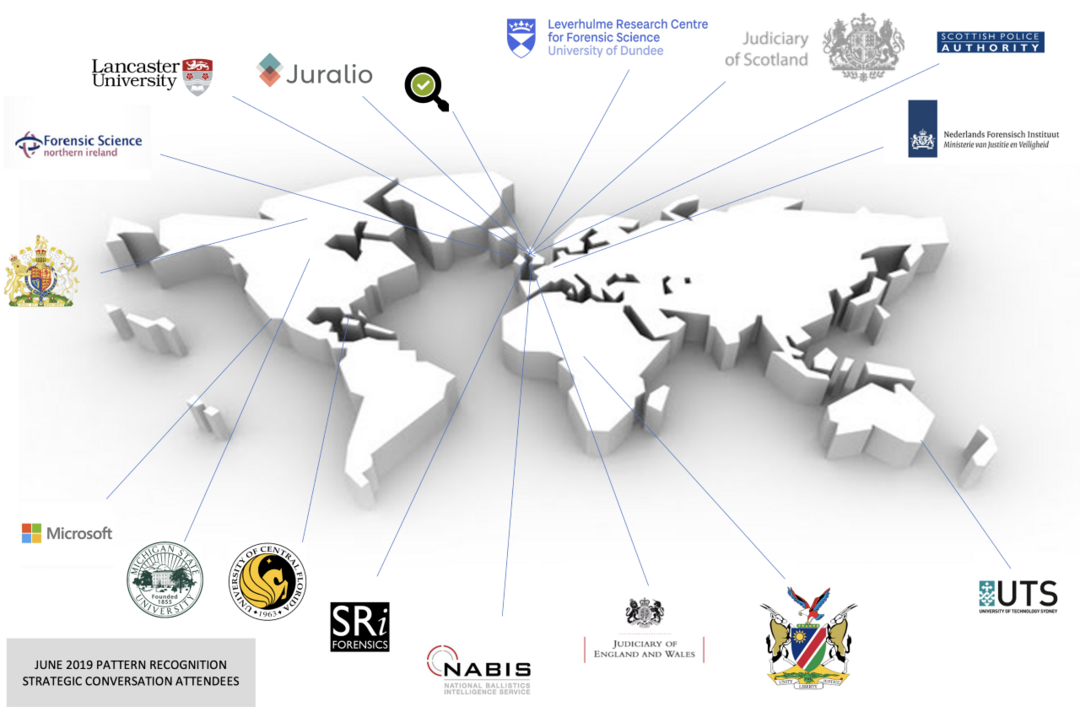The future of pattern recognition and artificial intelligence
When seeking to establish identity or to determine whether there are potential linkages between forensic samples it is necessary to make comparisons between a known standard or reference sample and a questioned sample.
Such comparisons are central to forensic science practice and can involve evidence that is robustly defined (such as DNA profiles of the results of chemical analysis) or can involve feature comparison (such as fingerprints, toolmarks or shoeprints).
The increased automation of visual comparative processes promises, and is in many cases delivering, vast acceleration in process times. Spotting patterns, in essence, holds the key to optimising performance as well as triaging the vast sources of data now attached to criminal activities.
Whether you are comparing images of vein patterns or fingerprints or are seeking to track down the make and model of a particular running shoe, pattern recognition promises a solution.
In June 2019 academics, forensic practitioners, technologists, experts in machine learning and artificial intelligence, judiciary and law enforcement from around the world gathered to develop plans for the effective use of pattern recognition tools in the justice system.
Developing efficient processes will require:
- ground truth databases
- standardisation and interoperability of databases
- maintenance of standards
The group modelled work streams for the creation of pattern recognition methods for different evidence types and discussed the need for the education of practitioners, lawyers, the courts and our juries.

Strategic Conversation attendees June 2019
We are undertaking a number of projects in this area and welcome collaborations.
If you want to get involved, please get in touch with us:
+44 (0)1382 38 80 91
LRC@dundee.ac.uk
